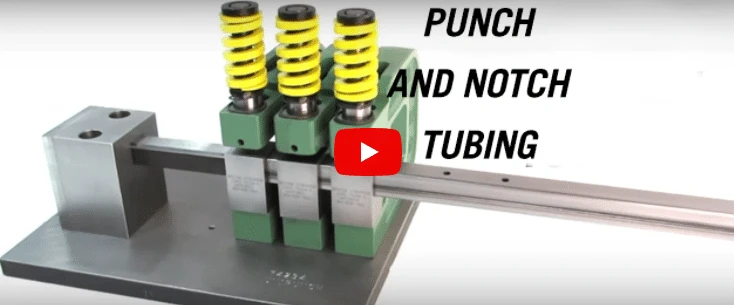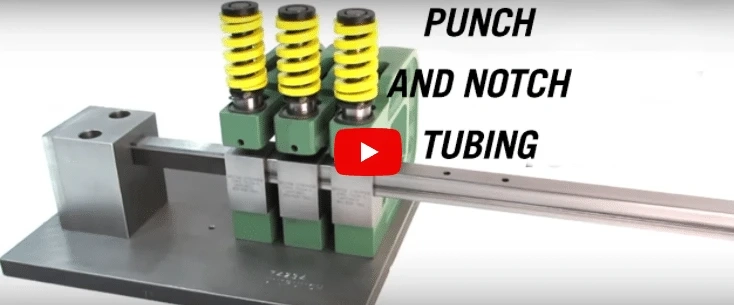What is a tubing process?
Tubing process is an act to size a tube by shrinking a large diameter tube into a smaller one, by drawing the tube through a die. This process produces high-quality tubing with precise dimensions, good surface finish, and the added strength of cold working.
Tubing is a smaller diameter pipe that is run inside of the production casing. A packer is usually set at the lower end of the casing to prevent formation fluid from entering the annuls between the tubing and the casing.

Tubing over piping
Both tubing and piping carry fluids in industrial applications, but tubing offers several advantages over piping.
As with pipe, the tubing must be cut and deburred. However, the tubing simply needs to be bent - no extra fittings are required. Plus, a tubing bend creates less turbulence and pressure drop than a pipe elbow.
It has a plethora of other advantages over piping that we will be discussing in this article. Let’s dive and explore!
Advantages of tubing process over piping
- You don’t need to worry about the leakage
Leaks are the biggest concern when it comes to carrying liquids but with tubing there is no need to take stress. In comparison to pipping, they are more trusted when it comes to leakage.
Even under severe application because they have either a mechanical metal-to-metal seal or seal with an elastomer to a mating component.
Whereas a threaded pipe connection requires heavy equipment to cut threads and use pipe dope or TFE tape to minimize leakage.
Tubing offers greater flexibility in systems with fewer connections, meaning fewer potential leak points.
- A process that won’t waste much of your time
Unlike other processes, the tubing process doesn’t demand much time. It will not halt other activities for a longer time and thus, makes the process more convenient for people.
Tubing is cut to length and then deburred, the fittings are tightened onto a nut. Studies have shown that the installation of a 1” tubing system takes about 12 minutes per connection.
Compare that to a 1” schedule 40 pipe, which requires about an hour to cut, prep, and align. This often lasts an average of 48 minutes.
- Tubing is cost-efficient than piping
Tubing processes won’t burn a hole in your pockets and will be done on a small budget. The cost of skilled pipefitters required to install piping systems makes tubing a financially wise choice.
Even though tube fittings have a higher cost than pipe components, in the long run, systems save money due to reduced downtime and simpler assembly and disassembly.
Moreover, with the improved fluid-flow characteristics, improved sealing ability, ease of installation and maintenance, and reduced overall installation costs, tubing may be a better option over piping for your application.
Summary
Let’s wide-up the article with some amazing features of tubing that makes the tubing process worth every penny spent on it.
- Ease of Installation
- Lower Pressure Drop
- Better Strength to Weight Ratio
- Leak-Tight Seal
- Easy Maintenance


